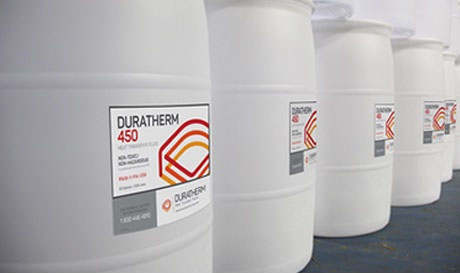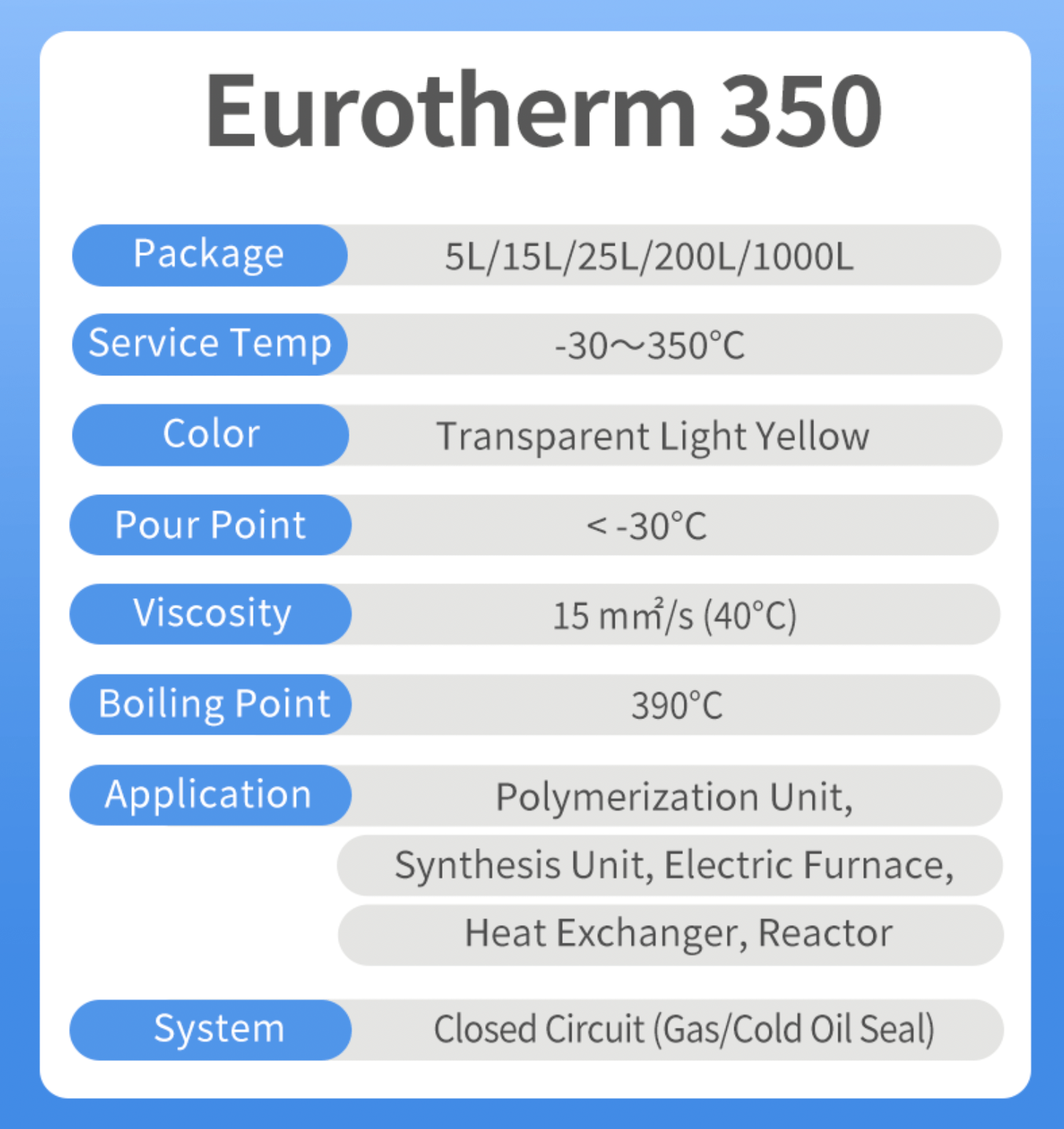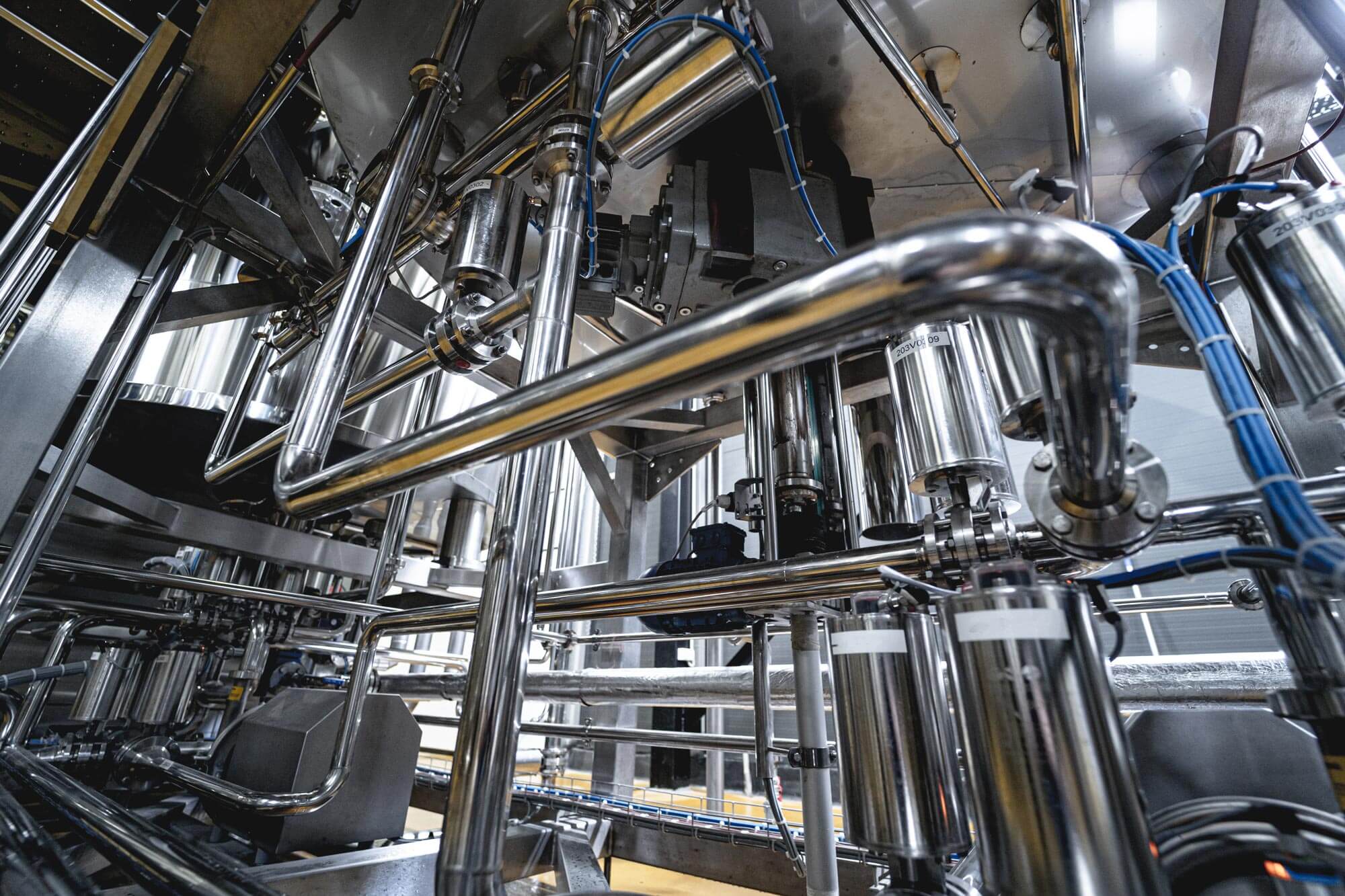Trick Advantages of Using a High-Performance Heat Transfer Fluid
Trick Advantages of Using a High-Performance Heat Transfer Fluid
Blog Article
Understanding the Uses of Warm Transfer Fluid in Industrial Applications
In the vibrant landscape of commercial applications, heat transfer fluids (HTFs) are important for maintaining exact thermal law, pivotal to optimizing operational performance and product quality. From the complexities of chemical processing to the robust demands of power generation, HTFs are central to guaranteeing steady and effective warm exchange.
Function in Chemical Processing
In chemical handling, warm transfer liquids play a crucial role in maintaining accurate temperature control, which is vital for enhancing reaction prices and ensuring product quality - heat transfer fluid. These fluids are crucial in facilitating effective warm exchange between procedure devices, thus allowing the law of thermal conditions within activators, purification columns, and other vital apparatus. Their ability to keep security under differing thermal tons and environmental conditions makes them essential in chemical production
The option of a proper heat transfer liquid is figured out by elements such as thermal conductivity, certain warm capability, viscosity, and chemical compatibility with the procedure materials. High-performance fluids allow for quick heating and air conditioning, improving the efficiency of endothermic and exothermic responses. In addition, their thermal stability decreases the danger of destruction or contamination, which can result in devices fouling and reduced process performance.
In enhancement to temperature law, these fluids add to safety and security by stopping getting too hot and lowering the potential for thermal runaway reactions. By giving constant thermal administration, heat transfer liquids boost process dependability and can cause considerable power savings. As chemical processes come to be increasingly intricate, the significance of picking and keeping optimal heat transfer fluids can not be overstated.

Power Generation Applications
Moving from chemical handling to power generation, heat transfer liquids assume a crucial function in the production of power. In power generation applications, these fluids contribute in maintaining ideal thermal effectiveness and ensuring the dependable procedure of nuclear power plant. Various types of power generation centers, including fossil fuel-based plants and concentrated solar energy (CSP) systems, count heavily on warmth transfer fluids for effective power conversion.
In fossil fuel power plants, warm transfer liquids are utilized to transfer warm from burning gases to water in central heating boilers, generating steam that drives generators. This procedure requires fluids with high thermal stability and exceptional warmth transfer residential or commercial properties to stand up to severe temperature levels and pressures. In a similar way, in CSP plants, warmth transfer liquids flow via solar collectors, taking in solar power and moving it to a main receiver where it is made use of to create vapor. The steam then powers turbines to produce power.
The option of warmth transfer liquid in these applications is crucial, as it affects the plant's effectiveness, safety and security, and ecological footprint. Synthetic oils, molten salts, and other specialized liquids are generally made use of, chosen based on their thermal stability, warm capacity, and compatibility with system products.
Influence On Food and Beverage Sector

Along with improving item high quality, heat transfer fluids contribute to operational effectiveness by decreasing energy usage and minimizing process times. Their thermal security and high warmth capacity permit rapid heating and cooling down cycles, resulting in enhanced throughput and cost-effectiveness. The use of food-grade warm transfer liquids, which abide with rigorous safety requirements, makes sure that there is no threat of contamination, thereby protecting public health.
The versatility of heat transfer fluids enables their application across a large range of food and drink procedures, from milk and confectionery to developing and bottling. By optimizing temperature level control, these fluids play a vital duty in fulfilling the evolving demands of the food and beverage sector while keeping high criteria of top quality and security.
Value in Manufacturing

A crucial element of manufacturing procedures across various industries is the reliable administration of temperature, which is where warmth transfer fluids demonstrate their importance. These liquids play a vital role in keeping ideal temperature levels for varied operations, making sure product top quality, security, and energy efficiency. In sectors such as chemical processing, drugs, and plastics, precise temperature level control is vital for reactions, curing, and molding procedures. Heat transfer liquids facilitate these regulated atmospheres by absorbing, transferring, and launching heat as essential.
In making setups, warm transfer fluids contribute considerably to operational effectiveness and cost-effectiveness. By decreasing temperature changes, they assist minimize power intake, therefore lowering functional expenses and Look At This enhancing sustainability. Additionally, they boost the life-span of tools by stopping getting too hot and thermal anxiety, which can cause pricey downtime and fixings.
Furthermore, the flexibility of heat transfer fluids permits them to be personalized for certain applications, suiting a variety of temperatures and environmental problems. This versatility makes certain regular performance, even in one of the most demanding industrial settings. Inevitably, the tactical use of warmth transfer liquids empowers manufacturers to maximize their procedures, enhance item top quality, and maintain a competitive side in an ever-evolving market.
Advancements in Warmth Transfer Innovation
With advancements in warmth transfer technology, sectors are experiencing transformative renovations in temperature management systems. This advancement is driven by the development of a lot more effective warm transfer liquids (HTFs) and innovative system layouts. Modern HTFs, such as nano-fluids, show improved thermal conductivity and security, which considerably boost warmth exchange procedures. These liquids are engineered to endure extreme temperature levels while maintaining reduced viscosity, reducing energy usage and operational prices.
Moreover, the integration of clever modern technology and electronic tracking systems has actually transformed warmth administration. Advanced sensing units and IoT devices supply real-time information analytics, allowing specific control and optimization of heat transfer processes. This leads to improved safety, lowered downtime, and extended tools life expectancy.
Additionally, the advent of magnetic and phase-change products in heat transfer applications marks a considerable leap onward. heat transfer fluid. Magnetic liquids, for instance, offer rapid warmth dissipation through magnetic field helpful hints adjustment, while phase-change materials effectively store and launch thermal power throughout phase changes
These technical strides are not just boosting efficiency in conventional sectors view publisher site such as chemical processing and power generation yet are also fostering advancement in emerging areas like renewable resource systems and digital cooling, paving the method for sustainable commercial operations.

Conclusion
Heat transfer liquids are integral to industrial applications, offering specific temperature control and enhancing operational performance. Breakthroughs in warm transfer modern technology continue to maximize these functions, emphasizing the crucial function of HTFs in commercial processes.
Report this page